We and Games Workshop got historyBetween 1997 and about 2015, Games Workshop was a central part of our family life. We played every system they released between Gorkamorka and 40K 7th edition, with the exception of Inquisitor. Nick, our older son, was (and still is) a gamer above all while his younger brother, Will, enjoyed the modelling and painting, even selling his skills to raise cash while at university. I both played, but not as well as Nick, and painted, though not a patch on Will. The boys have grown up and moved out and our gaming opportunities have become rarer. Wargames still have a pull: I started playing historical games again and Nick has been happy to join in, while Will still enjoys picking up obscure modelling materials at wargame shows. At most, we now play a couple of GW games a year. I stopped buying White Dwarf soon after Age of Sigmar was released, not in protest exactly, but the new universe just didn’t interest me. 40K 8th edition also passed us by, though I did enjoy the one brief game that Ian Barber ran to introduce the new system. In short, for no particular reason, my 40K knowledge ended with 7th. My Firstborn: beaten by my first bornUntil autumn 2020 that is, when Nick bought me the Indomitus boxed set as a surprise lockdown gift. We had both been curious about 9th edition and he couldn’t resist the bargain of large new forces for two of our favourite 40K armies. A small test game between Orks and Cadians went well (for the Orks), Christmas brought the Space Marine and Necron codices and we were back in the thick of it. Nick came over on Father’s Day and we played our first biggish game with the new rules. Nick took Necrons and I led the Ultramarines. Nick had some of the new Necron models but my army was a continuation of my 7th edition force. Who knew when I originally collected them that I would be fielding ‘Firstborn’ Space Marines? Honestly, I turn my back for a moment and the lore changes everything! We fought over a ruined Imperial settlement, which allowed a lot of cover to both sides. This favoured the close combat specialists who could close the range without exposing themselves to too much firepower. I was happy with my deployment, including landing a drop pod and some terminators behind Nick’s line, so for a short time Ultramar seemed ascendant. Then Nick’s warriors shot up my Assault Marines, his scarabs ate up my dropped squad and his destroyers destroyed my razorback squad. That basically put the lid on my efforts and by game’s end he held all but one objective. It was an exciting game that moved fast despite us both having to refer often to our faction rules. My mistakes included focussing overmuch on Nick’s Monolith, which I did nearly destroy but only after pounding it with my Vindicator for most of the game. Those shots could have been more successful thinning out Nick’s Necron warrior horde. I also failed to appreciate that under 9th edition Ultramarines can fall back from close combat and still fire. Had I done that instead of staying engaged, I might not have suffered the humiliation of a whole squad succumbing to a tide of tin cockroaches. My ‘gun line’ on the other side of the table might also have lasted longer by keeping more distance between itself and the Skorpeth destroyers. Just wait until next time! As ever, it was a pleasure to be across the table from Nick, adding another chapter to the story of our games since the late 90s. That’s a lot of happy memories, for which I will always be grateful to Games Workshop. Good to be back?So how does it feel to jump straight from 7th edition into 9th? I can’t deny it’s confusing. I suppose vehicles have changed the most and they strike me as more resilient than before. Right up to 7th edition, a couple of lucky dice rolls could wipe out a very expensive piece of kit. Things can still go wrong for vehicles but they generally hang around for longer, no doubt making them a less risky investment. The stripped back rules themselves are appealing and I especially like the way morale is now treated. I love the extra involvement provided by command points, which give a nod to Chain of Command, one of the best World War 2 rules on the market.
Anything I don’t like? Nope. I even like the Primaris Marines, who seem more like the superhuman giants encountered in 40K literature. The ‘Firstborn’ plot twist is a clever bit of reverse lore engineering. I would, however, observe that 9th edition seems no less complex than older editions. The basic rules are now wonderfully simple but the complexity has transferred over to army and faction rules, the range and detail of which is bewildering. I had expected today’s 40K to be more accessible for new, casual or ageing players like me, but I don’t think it is. If I am to play my next game half-way effectively, I’m going to have to revise, remember and apply all the subtleties required to get the most out of an Ultramarine force. I really look forward to our next game but will timetable in some serious pre-fight preparation first.
0 Comments
Last week we got out the Warhammer rulebook again. Back in January Nick and I had played our first game of Warhammer 7th edition for a few years. It had been so long that we were both rusty and made mistakes, me more than Nick of course. But the game was great fun and we agreed to play again soon to help us get back on top of the subtleties. Covid 19 put the refight back several months but we finally got together for a socially distanced game last Wednesday. We kept the same races and 2500 point armies, but agreed we could tweak the lists in the light of the first game. Nick dispensed with his giant, added some boarboys and reduced the size of his night goblin horde while I swapped out an engineer for a warrior priest and created more detachments for my spearmen. I brought Luther Huss to lead my army while Nick’s general was a Warboss on foot. As before, the Empire was heavily outnumbered, having sunk points into two great cannon and a steam tank. Nick also invested in a doom diver, partly for the fun of the model. There were some lovely old metal models on the table, including Ricco’s republican Guard, my favourite regiment of renown, though counting this time as spearmen (their ‘pikes’ really aren’t worthy of the name anyway). The metal steam tank weighs a ton. Deployment I set up on a central hill with a unit of ten knights on each flank, plus some pistoliers on the left and the steam tank on the right. Nick put all his night goblins on his right, his orc boys in the centre and his boar boys and wolf riders on his left. What just happened? First, the good news for Empire fans. I wasn’t steamrollered. But I still lost. We both had rather more success on our right flank in the opening moves. My right flank knights chased the wolf riders off the table and the steam tank beat the boar boys, although they rallied later in the game. The steam tank turned in behind the Orc centre, which looked a very promising move. Over on Nick’s right, however, his two night goblin fanatics sent my pistoliers packing, one of whom had an even bigger part to play later on. Meanwhile his centre advanced on mine. Of course, one of my cannon misfired and lost two turns of firing, during which its crew would be flattened by squig hoppers. My firearms and the other cannon did kill orcs but never enough to trouble an Orc unit. As the centres prepared to collide, my left flank, Inner Circle knights led by Luther Huss himself, were stalled immediately in front of one of Nick’s fanatics. I had made a silly decision placing my army commander on the far left as he was out of touch with the centre just as the crunch approached. I reckoned that if I waited for the fanatic to spin himself out of the way it’d be too late, so trusting to luck, I declared a charge on a goblin regiment and moved my knights right through him. And he rolled 5 hits. And he killed 4 knights. And the knights panicked, running off the table with Luther Huss in tow. Which pretty much wrapped up the day for the Empire. In truth the Empire did have some further successes before the end. The most heartening was the defeat and elimination of 20 Black orcs by ‘Ricco’s’ spearmen, led by Warren the warrior priest. Warren’s hate attribute helped the spears to weather the fury of the first assault, while their halberdier detachment stripped the black orcs of their rank bonus. This fight showed what can be achieved when Empire soldiers and their detachments are used properly. Elsewhere my centre mostly came off worse. I still had high hopes for the terror-causing steam tank behind the Orc left centre, but Nick assaulted it with a Squig herd that inflicted 5 wounds in a round. In my next turn, needing enough steam points to grind or boil the pesky squigs, I rolled too high and spent the turn doing nothing. From unstoppable monster to busted tractor in two turns. Them’s the breaks. At game’s end, our lines had rotated around our right wings, with the armies now facing each other perpendicular to the original line. But while I retained a line in being, it was distinctly ropey and Nick’s orcs were still present in dangerous numbers. Having lost general, battle standard and several regiments, I admitted defeat. But I like to think that Warren the warrior priest was able to march off the field, leading Ricco’s and his lads to safety. We both enjoyed the game enormously and agreed we should play again soon. We both played better than last time and our guessing skills for artillery fire are nearly back to scratch. For our next bash, I may take only one cannon, since while effective against giants, the great cannon really isn’t so deadly against a horde of orcs. I also want to work on the Empire detachments as we did see how effective they can be if used properly. And I may, alas, drop one or both units of knights, since the points they take up don’t justify the chasing off of a gang of wolf riders. That, or I deploy them smack bang in the Empire centre next time and let them loose.
Having twice won as an Orc, Nick is angling to play the Empire to test some theories about how to neutralise greenskins. So next game, we may change sides. However, having improved on my performance between games one and two, I am sorely tempted to have one more go. After all, as they say, the third time is the charm. Last Sunday, my son Nick and I played a game of Warhammer for the first time in around eight years. His Orc horde faced off against the men of Hochland, in a 2500 point battle using Warhammer 7th edition rules and army lists. For a good twelve years from about 1999, Nick, his brother Will and I were obsessed with the worlds of Warhammer and 40K. Like GW’s new releases, we tended to alternate our games between Old World and Far Future. I had a soft spot for the Empire and Imperial Guard and Nick and Will both liked the Orcs - and Orks. After about 2010 our GW games trailed off as the boys grew up and Nick began to share my interest in historical gaming. When we have occasionally returned to GW, we played 40K or Epic as these seemed easier to pick up after a break. This Christmas, however, we decided it would be fun to revisit the Old World. We agreed to revise the rules and army books and met up for the game last weekend. We had started Warhammer with the 5th edition and played through to the 8th. While we must have played more games of 6th edition than any other, Number 7 was our favourite, especially for magic. 8th edition made changes that favoured immense, unwieldy units and created new terrain rules that just felt silly to us. It also had fewer possible combinations in magic and other items than the earlier editions. I’m not sure how the GW player community would classify 7th edition. From what I read, I don’t think it, or any of the editions we played, are early enough to qualify as ‘Oldhammer’. Whatever the label, 7th was our choice for the reunion bash. And bash is the word. Nick chose numbers and filled his centre with black orcs and boys, with goblins on both flanks, a giant on his far left and wolf riders, spider riders and a squig herd on his right. I had a smaller force, with 20 knights and two spear blocks on the right, a steam tank, pistoliers and 20 swordsmen on the left and two great cannon in the centre with handgunners between them. My plan was to hold him on the left and centre and swing my right around to roll up his line. Nick’s plan was to break my centre and skirmish on the right, while blocking on the left with 40 night goblins and the giant. He had two shamans, while I had one wizard and Luther Huss, who I took as my army general. The game started well for me. Early on my cannon dealt some serious damage to the black orcs and actually broke them. But they rallied quickly and got back into the action. I then misfired both of my great cannon, with each losing two rounds of fire at a crucial stage of the orc advance. Nick had his share of bad luck too, when his goblin fanatics failed to wound a single human but caused spectacular damage to their own unit and then knocked three wounds off his giant. How we laughed. To cut to the chase, Nick’s boys completely crushed my centre. My right had some success against the night goblins but this performance was frankly a poor return on the points invested in my units. Nick’s right didn’t get going until late in the game, partly due to animosity. I conceded after turn five, having no troops at all in my centre, only a couple of units on my right and the steam tank soldiering on alone on the left. There was no coming back from the Orc sledgehammer.
That was such fun. We had forgotten the humour in Warhammer: fanatics, squig riders and squabbling orcs add up to some memorable moments. We agreed that we had both forgotten how to make best use of our troops and our army lists (especially mine) could have been more thoughtful. For example, I forgot to buy a dispel scroll for my wizard, which is an item I used never to leave home without. I also invested a lot of points in the two units of knights that I then kept out of the main action. That, frankly, was a waste. I was a bit unlucky with my two cannon misfires but that wasn’t why my centre folded: I had been daft to place so few troops there. We agreed afterwards that we will play a few more games with the same rules and the same two races this year, so we can relearn how to use our armies. It was challenging and even more fun than I had expected to be back in the Old World. It has become a habit when our sons are home over Christmas to play a Games Workshop game. While we still have all our figures and rulebooks, this is about the only time we get them onto the table these days. Last year we played some 40K so our first plan this time was to fight a Warhammer Fantasy battle. However, we soon realised that we lacked the time to relearn the rules, create our army lists, drag the figures out from their various hiding places and play a game to its conclusion. So instead we decided on a game of Space Hulk. We have a copy of the 3rd edition, which includes some lovely animated figures and high quality components but is basically still the original game. We selected the Decoy scenario in which the Space Marines has to pass through the map and exit as many figures as possible from the far side. When no more terminators are left on the map alive, the Space Marine player rolls one D6 and must score less than or equal to the number of terminators successfully exited. Easy. The start was indeed easy for my terminators, with the help of overwatch and some good fields of fire. Nick’s initial approach was to charge at me down the corridors, hoping my overwatching defenders would eventually jam their weapons and allow his surviving genestealers to make it to close combat. He abandoned this after a few turns, however, as I was able to blow his models away long before they got near. His next tactic was to lurk out of sight and position his genestealers behind doors that I would have to pass through to complete my mission. This was far more effective and forced me to attacks at very close range. This time, the consequences of a bolt pistol jamming were messy, especially when Nick attacked from several places in his turn, leaving me with too few of my precious command points left to clear every jam. As my squad approached the exit square, the number of genestealers in their path racked up and my losses began to rise. By the end, five brothers had been sliced and diced by alien claws. But Nick had refined his tactics too late and I got four terminators off the table. The final turn saw one last Marine a single move away from the exit square, but exposed to an assault from the rear. A genestealer reached him with one action point left and made its attack, with the odds in its favour. However, the terminator rolled a six, which meant he survived and could turn to fight back next turn. But he decided, not unreasonably, that rather than turn to face the alien, he would hightail it off the board. So the game ended with five terminator survivors. I rolled my victory die, needing anything but a 6, and took the win. The game was great fun and reminded us of the strengths of these clean, well-designed rules. The choices facing both players are challenging and the sense of jeapordy is really strong, especially for the Space Marine player.
While I did a basic paint job on the terminators when we bought this game, I could never get around to the genestealers. With the availability of GW’s contrast paints I might give it a go in 2020. Meanwhile, Nick has taken the Orc army book home to devise a 2000 point Warhammer army, while I will produce one for the Empire, and we will get together in the New Year for our Warhammer fix. |
Archives
November 2023
Categories
All
|

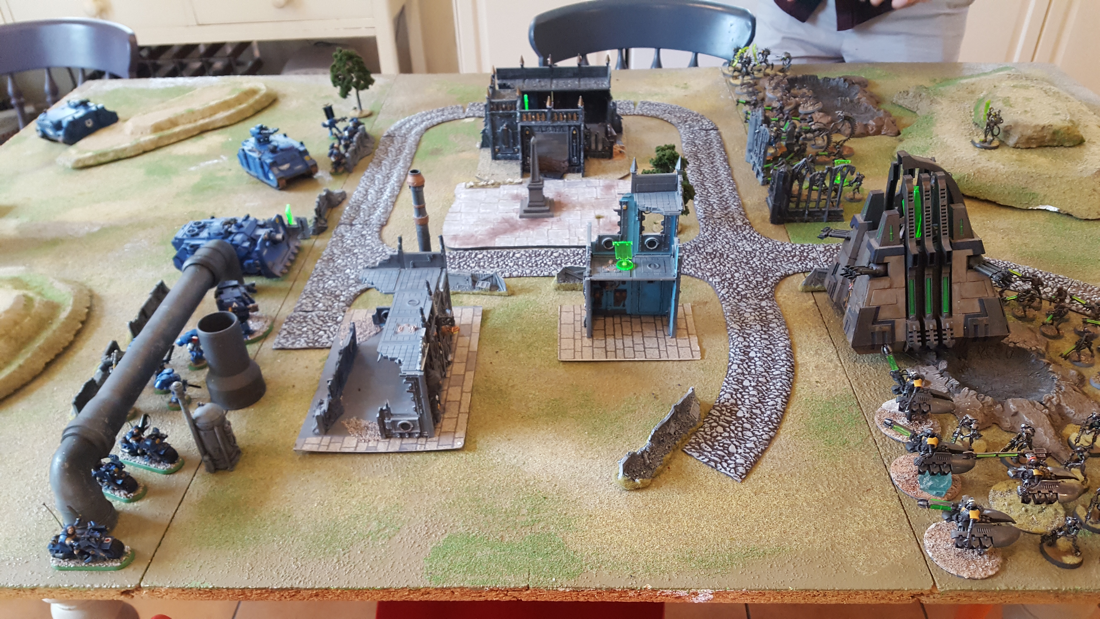
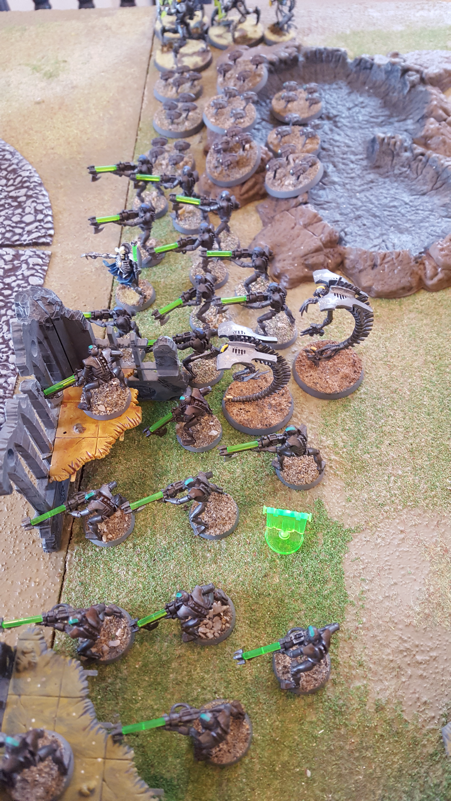
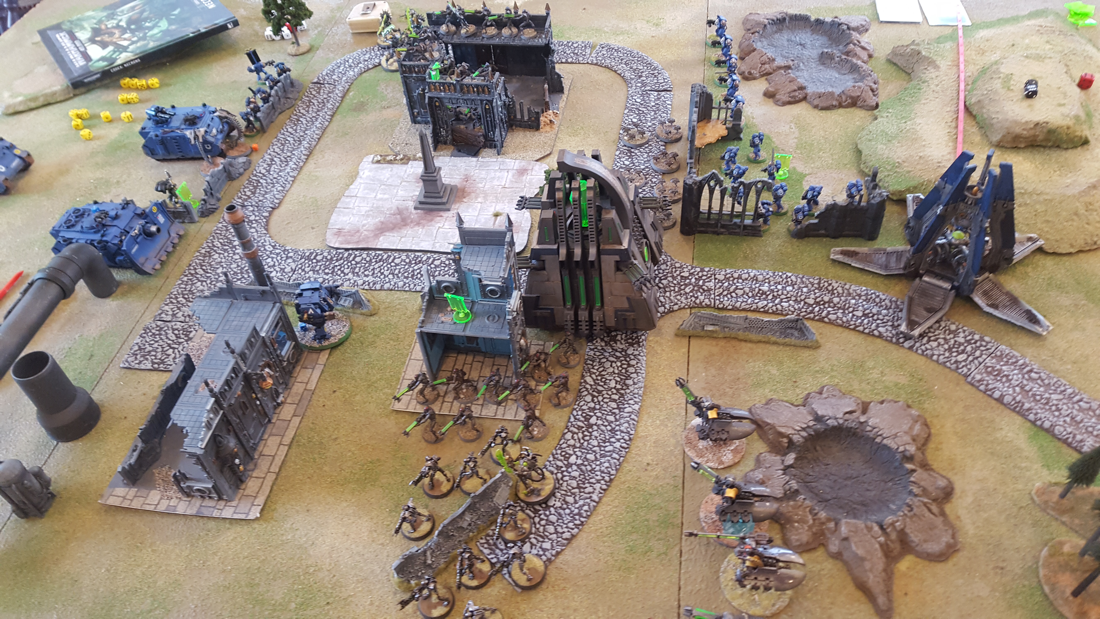
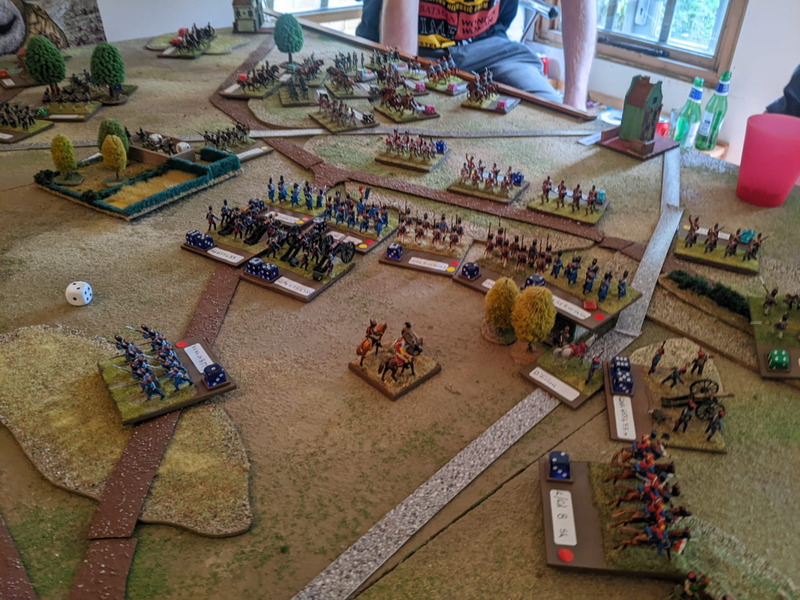
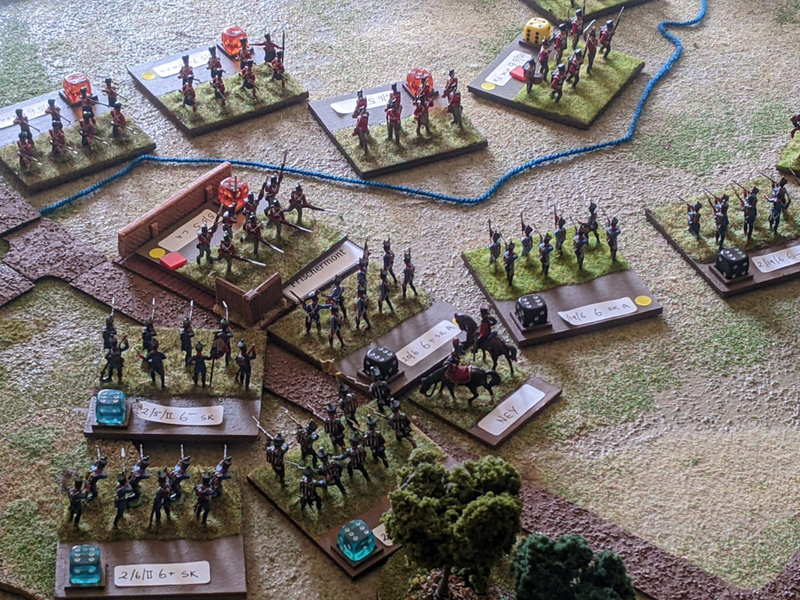

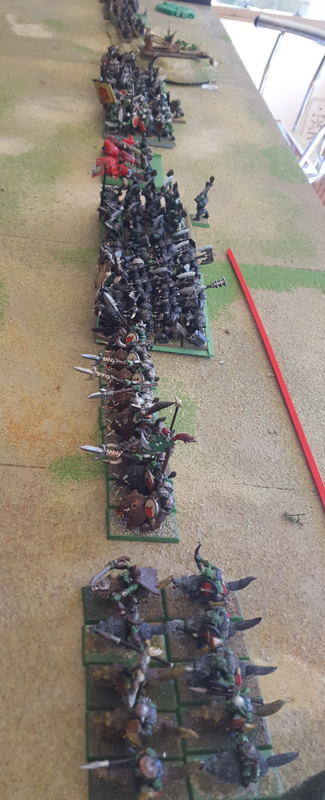
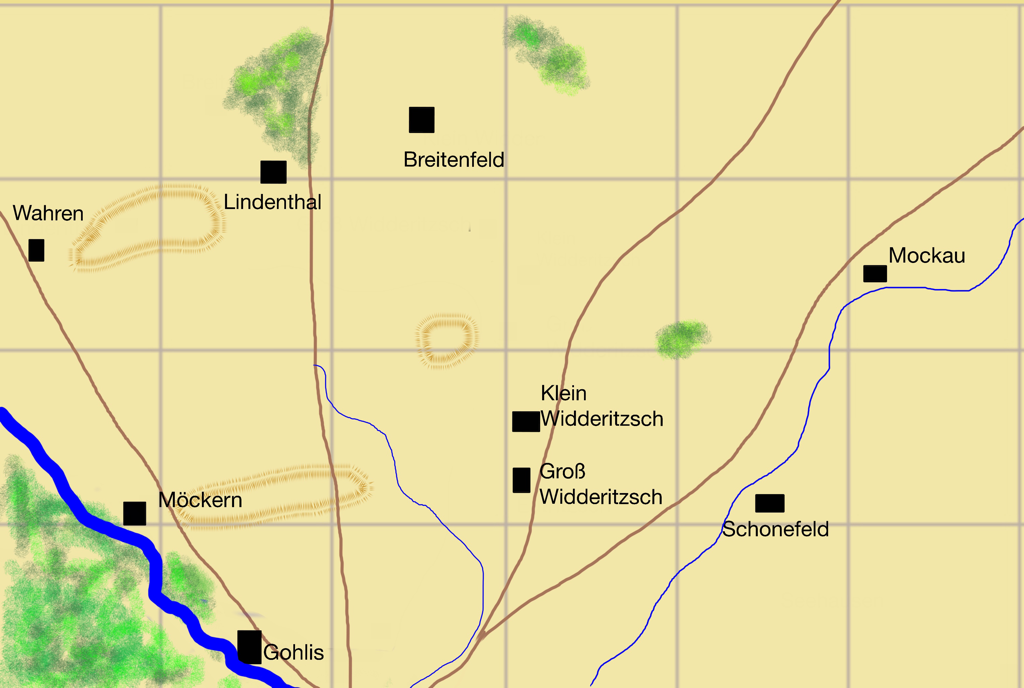

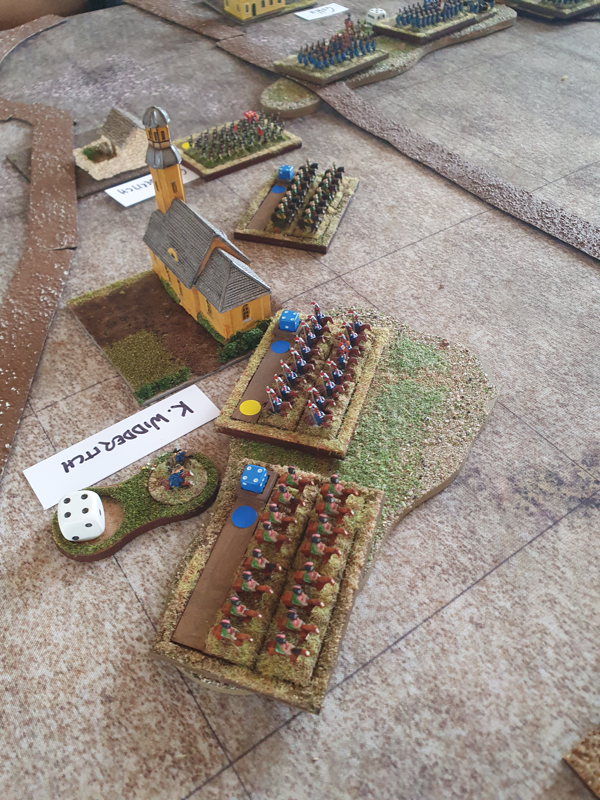



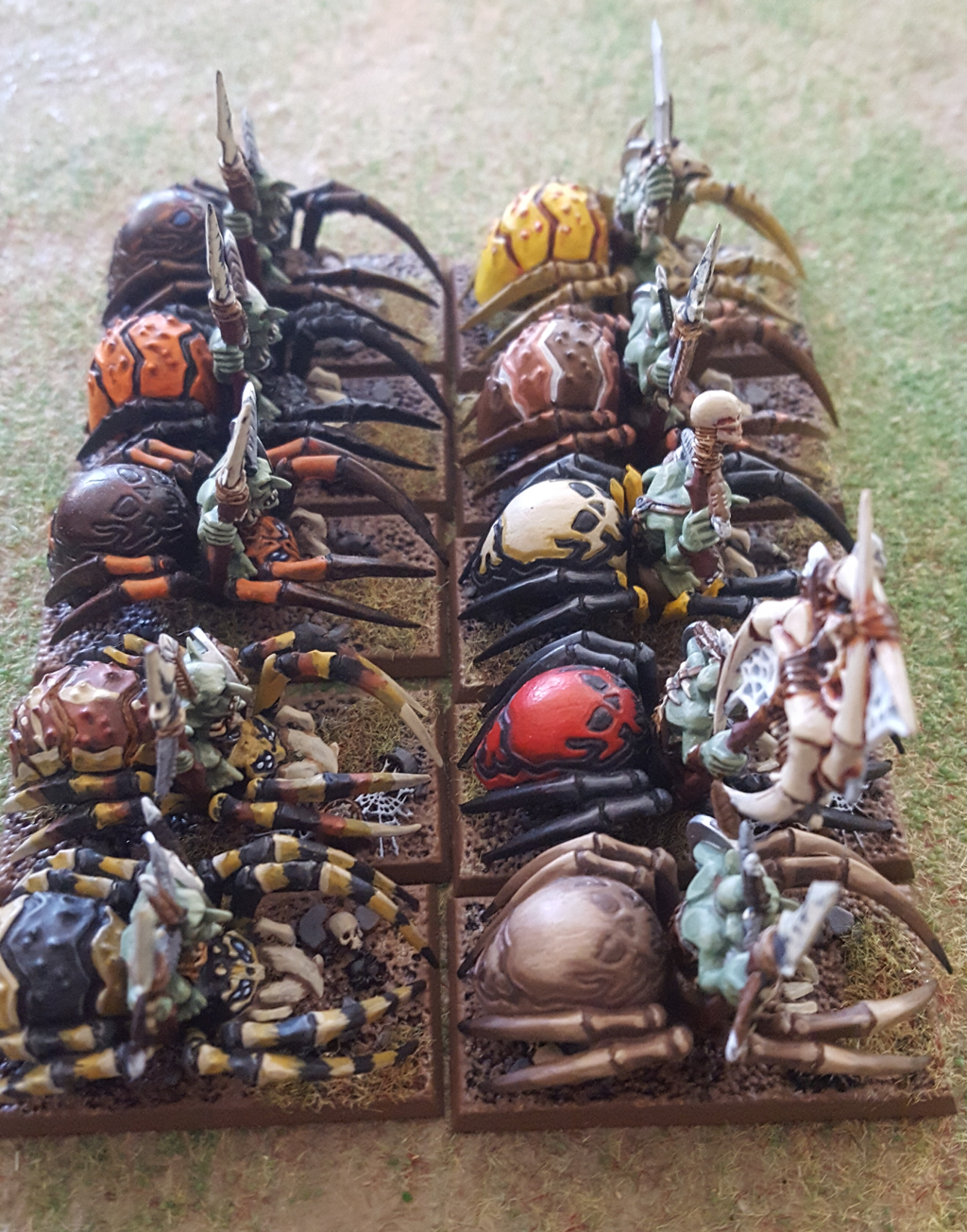

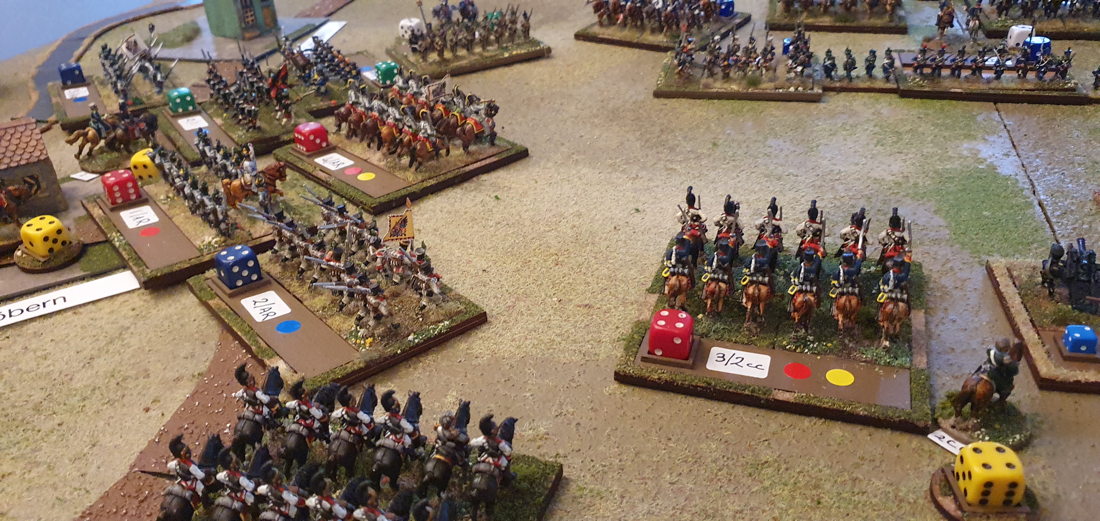
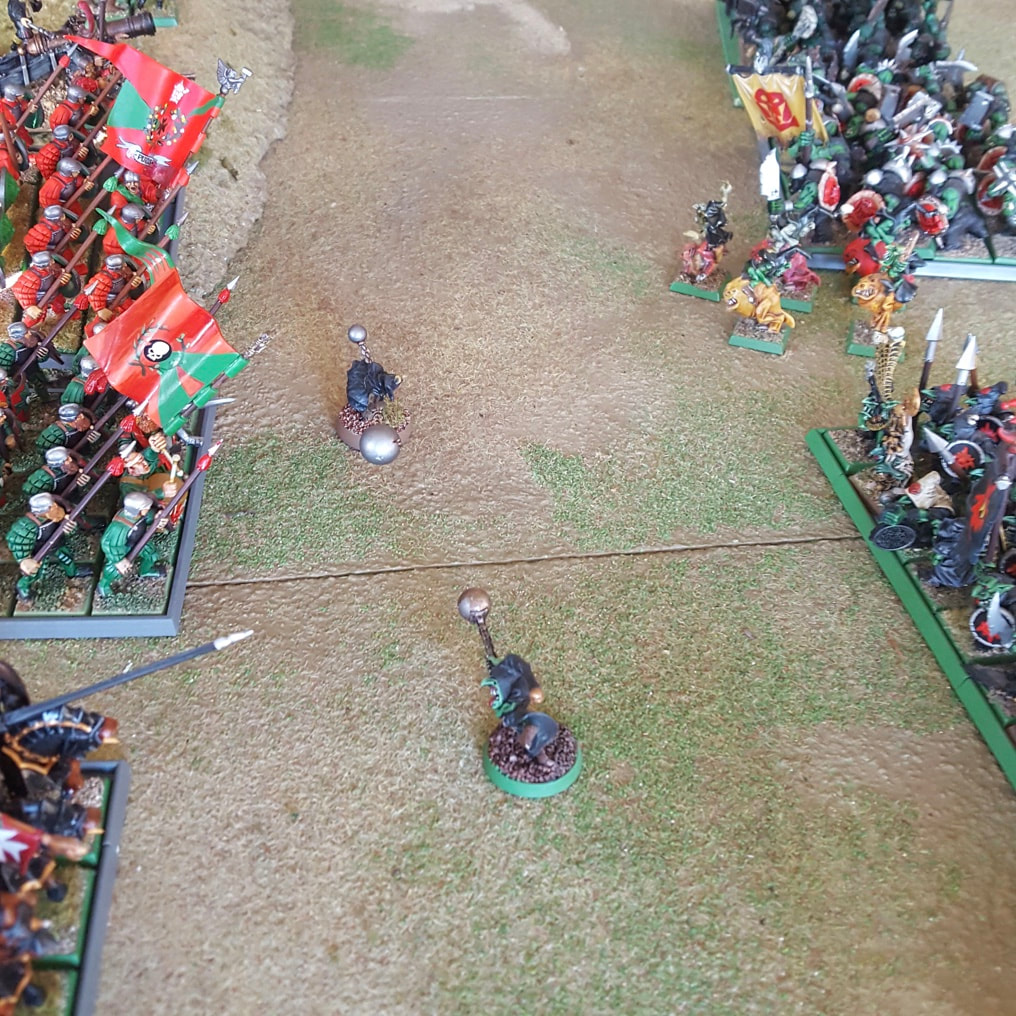
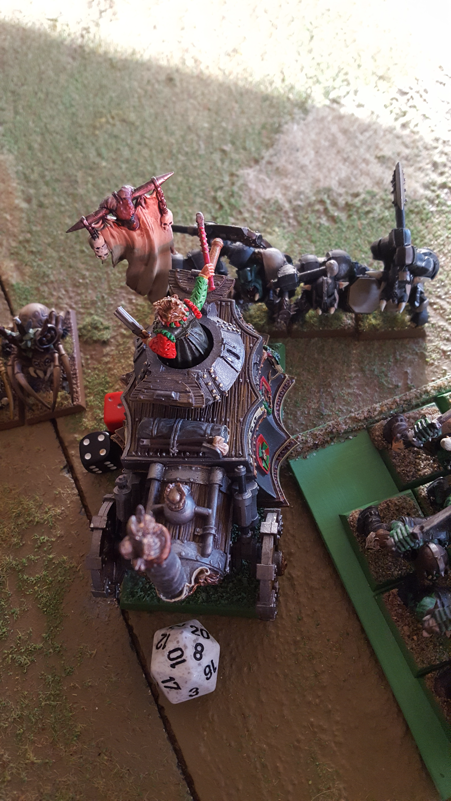

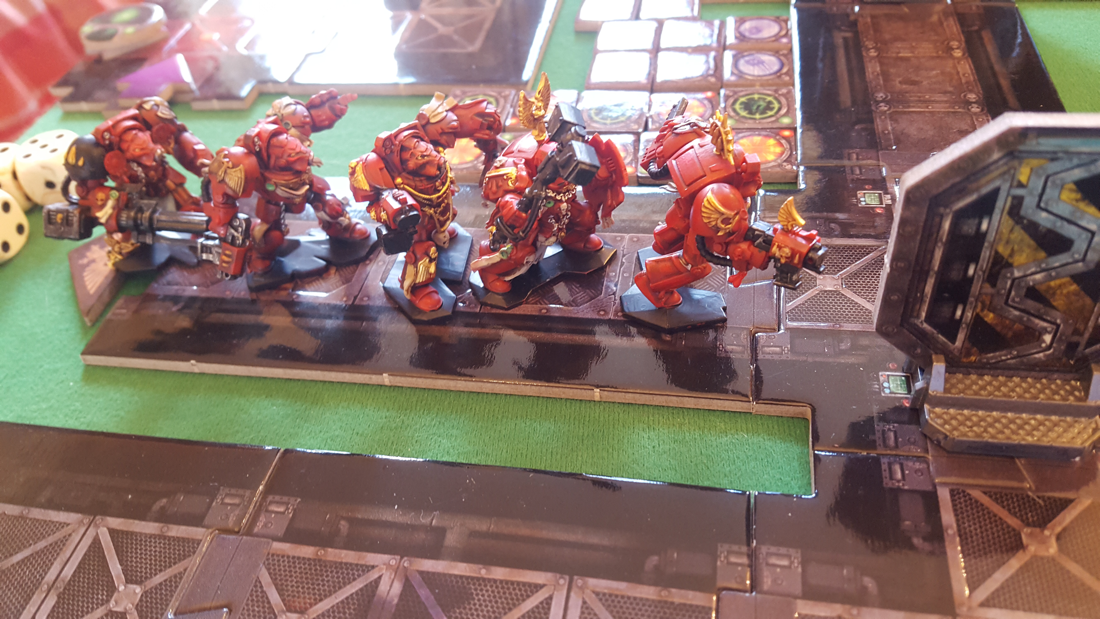





 RSS Feed
RSS Feed